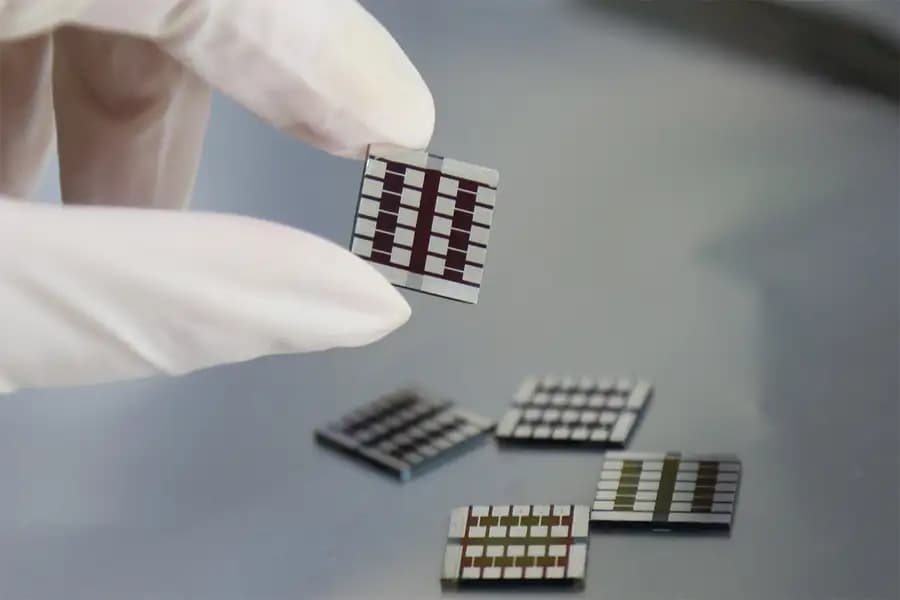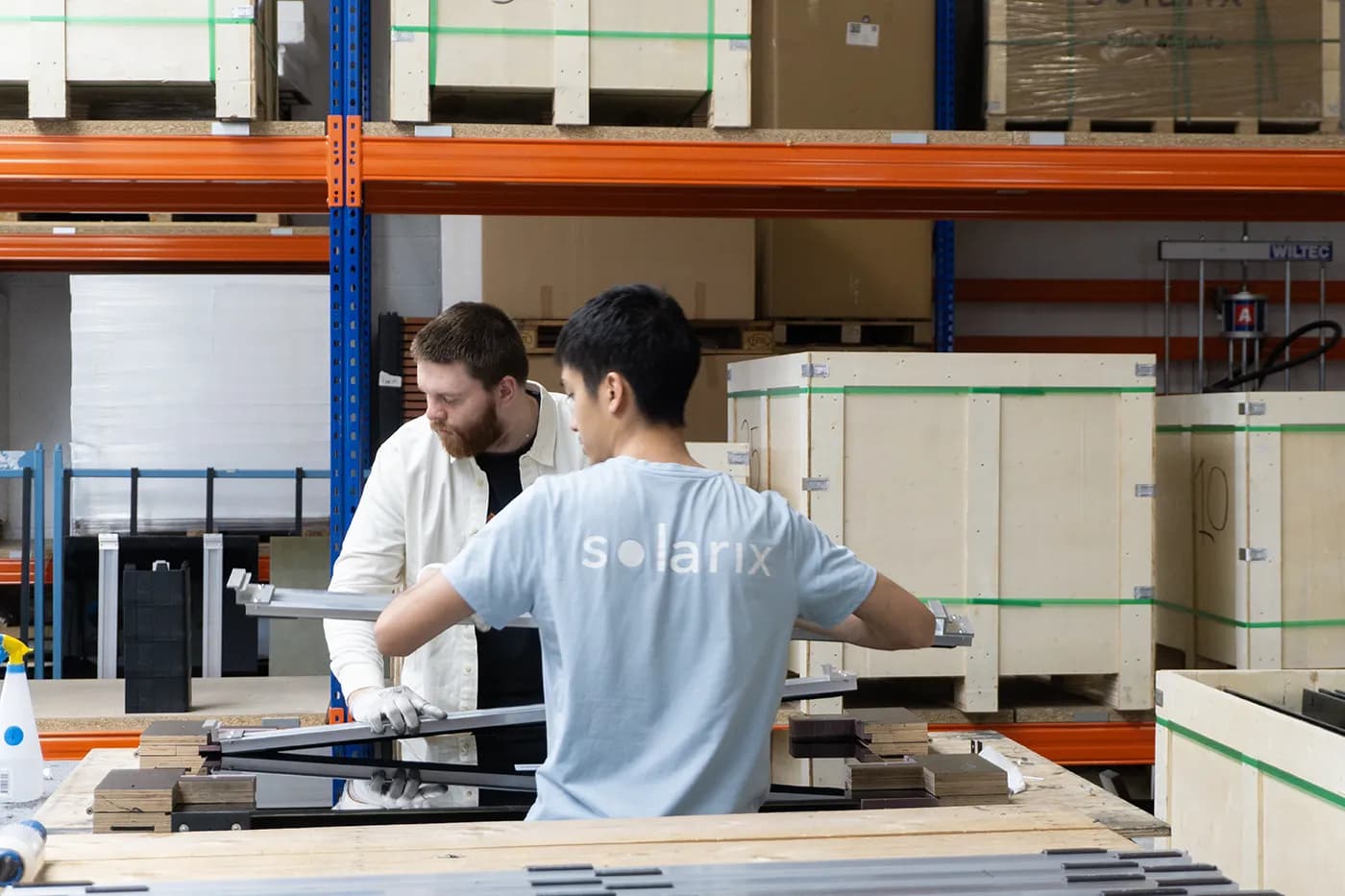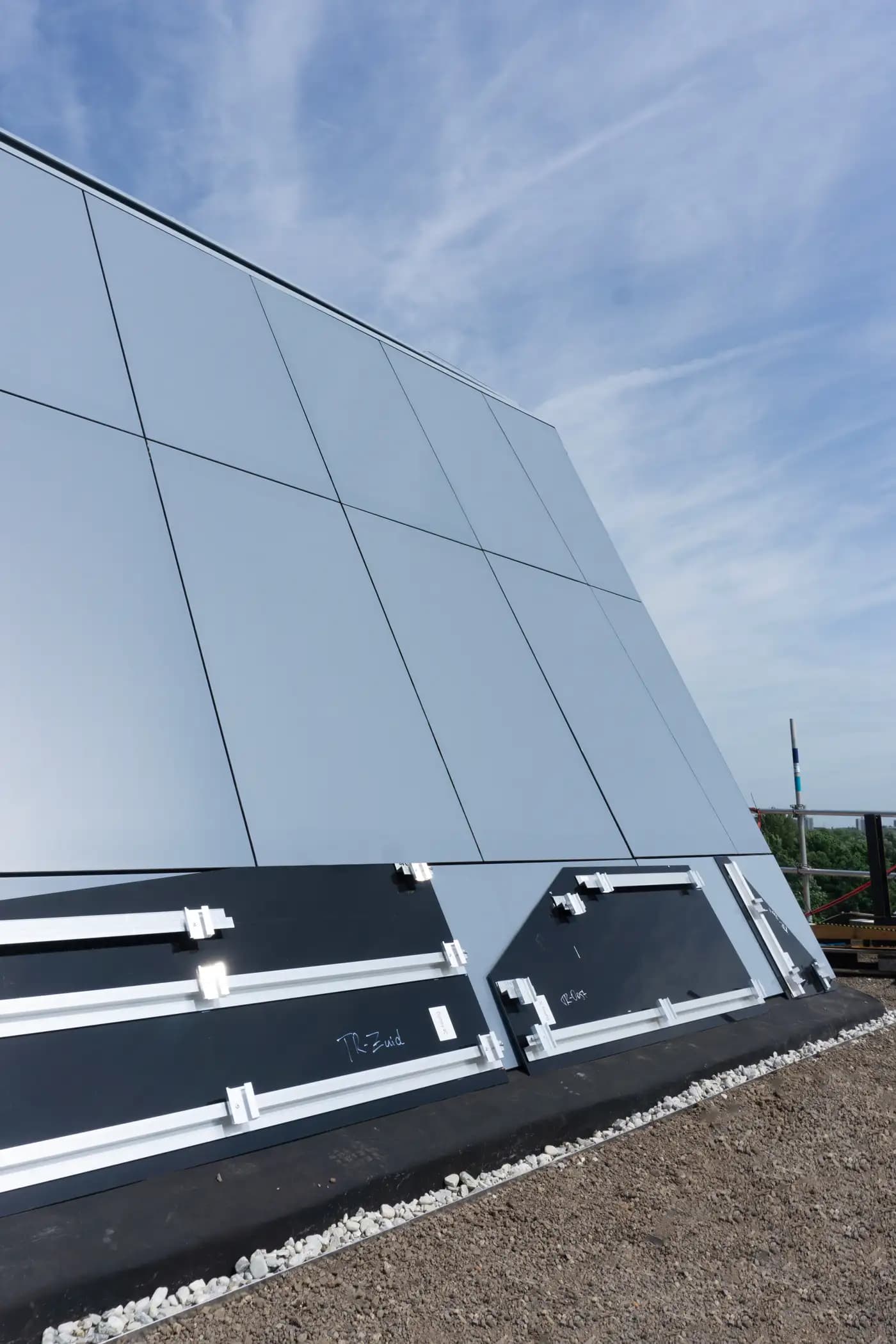Chili is increasing the efficiency of solar panels

Unbelievable? Not at all! According to Change Inc., research indicates that solar panels can work ten percent better if the active component of this kitchen ingredient is mixed with the crystals used for solar cells.
Chinese-Swedish research even suggests that capsaicin from peppers enhances the efficiency with which solar cells convert sunlight into electricity by as much as ten percent. And all that from just a dash of chili! It's good to know that the tested solar panels used Perovskite solar cells, which, in theory, have a higher yield than the most commonly used silicon cells.
Why Perovskite solar cells?
Perovskite solar cells are easier to manufacture because they are made by 'pouring out a liquid crystal mixture' (Change Inc.). However, this makes them more vulnerable, rendering them less resistant to rain and sun. In the long run, this could result in decreased efficiency.
Mix the Perovskite mixture with lead and 0.1 percent capsaicin from peppers, and the efficiency increases by 2%! According to the research, this is due to the electrical properties of capsaicin that facilitate contact between the different layers of crystal, enabling electrons to flow better through the material.
Why don't all solar panels have 'spice'?
Despite these positive results, not every solar cell is likely to benefit from capsaicin. The testing has only been conducted on a less commonly used and less environmentally friendly Perovskite solar cell. How capsaicin, as a natural substance, works for Perovskite solar cells that are environmentally friendly is still unknown.
Research is ongoing to determine if this natural method of improving solar cells can be made more stable for commercial applications. We are closely monitoring these developments and eagerly anticipating a red Dot solar panel with a little bit of spice!
• 4th March 2021



